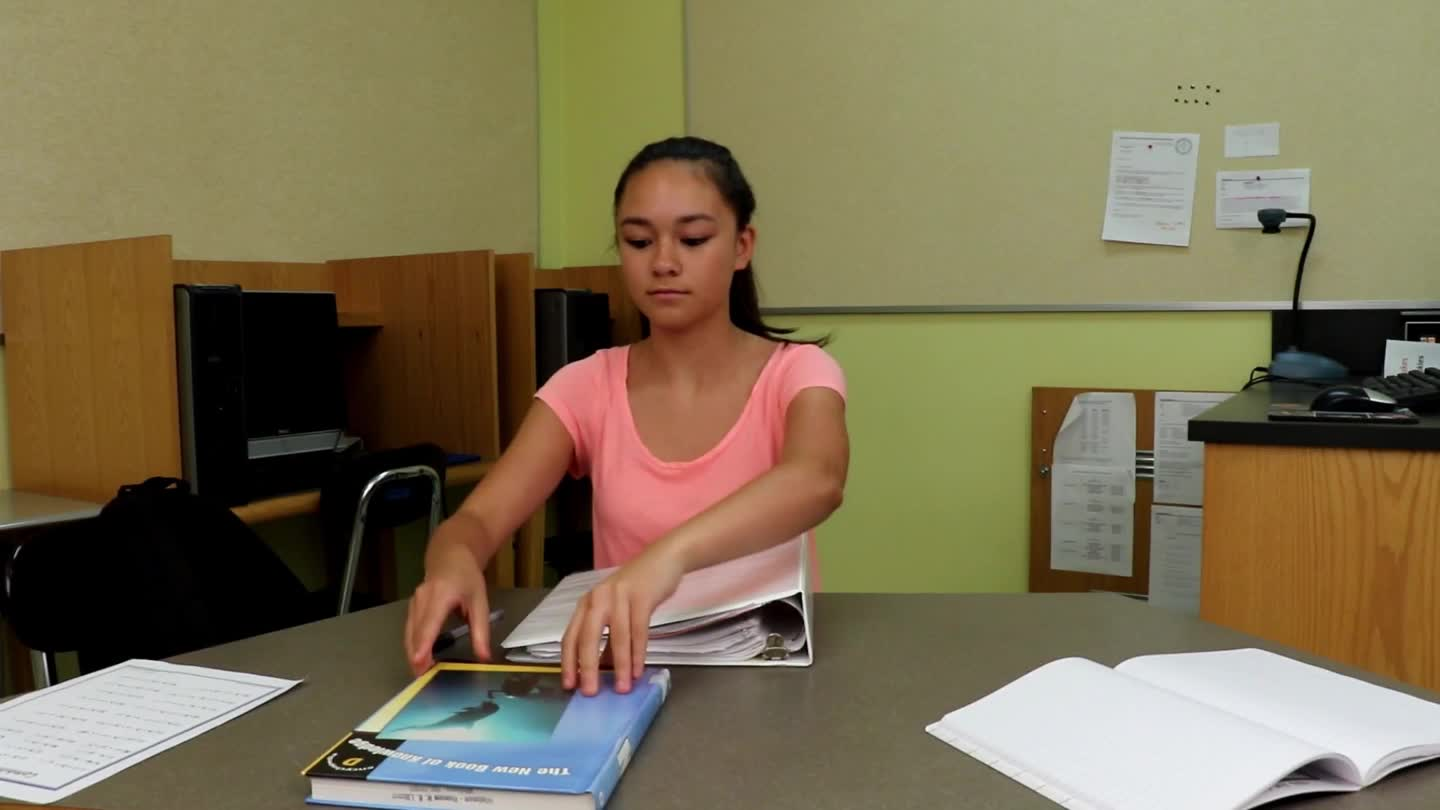
Introduction
As educators, it is essential to help students develop the ability to understand and consider the feelings of others. This skill not only fosters empathy and compassion but also helps create a positive and supportive learning environment. In this blog post, we will introduce a no-prep activity called “Two Sides” that focuses on teaching high school students the importance of thinking about the feelings of those around them. Additionally, we will provide discussion questions and related skills to further enhance their learning experience.
No-Prep Activity: Two Sides
In this activity, students will watch video clips and decide whether the main character is considering the feelings of others or not. After each clip, they will discuss how everyone in the scene feels and why. This activity helps students analyze various social situations and reflect on the impact of their actions on others’ emotions.
- Divide students into small groups or pairs.
- Choose a series of video clips that demonstrate different social situations involving characters who either consider or disregard the feelings of others.
- Before playing each clip, instruct students to watch closely and determine whether the main character is thinking about the feelings of those around them.
- After each clip, pause and have students discuss their observations within their groups or pairs. Encourage them to consider how everyone in the scene feels and why.
- After all clips have been viewed, facilitate a class discussion about the importance of thinking about others’ feelings and how it can impact our relationships and the overall atmosphere in various settings.
Discussion Questions
- What are some examples of actions or behaviors that demonstrate consideration for others’ feelings? How do these actions make others feel?
- How can disregarding the feelings of others negatively affect our relationships and interactions with others?
- What strategies can we use to become more aware of and considerate towards the feelings of those around us?
- How can practicing empathy and understanding others’ emotions contribute to a more positive and supportive learning environment?
- Can you think of a time when you had to consider someone else’s feelings? How did your actions affect the situation and the other person’s emotions?
Related Skills
Beyond the ability to consider others’ feelings, there are several other social-emotional learning skills that can contribute to students’ overall well-being and success. Some of these skills include:
- Active listening: Developing the ability to truly listen and understand others’ perspectives is crucial for effective communication and building strong relationships.
- Conflict resolution: Learning how to navigate disagreements and conflicts in a respectful and constructive manner is essential for maintaining positive relationships and fostering a collaborative learning environment.
- Self-awareness: Understanding one’s own emotions, strengths, and weaknesses is the foundation for personal growth and improved interpersonal interactions.
- Emotional regulation: Developing strategies to manage and express emotions in healthy ways is vital for maintaining emotional balance and resilience.
Next Steps
Encouraging students to consider the feelings of others is just one aspect of social-emotional learning. To explore more engaging activities and resources to support the development of these essential skills, sign up for free sample materials at Everyday Speech. By incorporating these activities into your lesson plans, you can help your students build strong social-emotional foundations that will benefit them throughout their lives.

